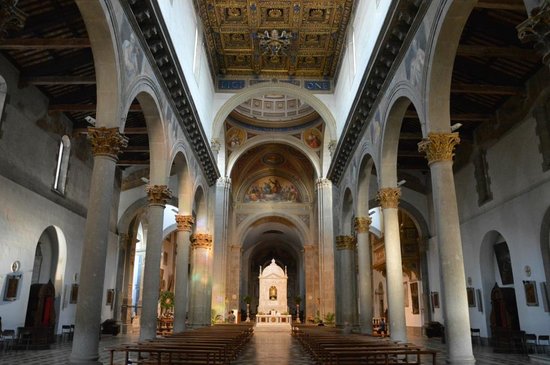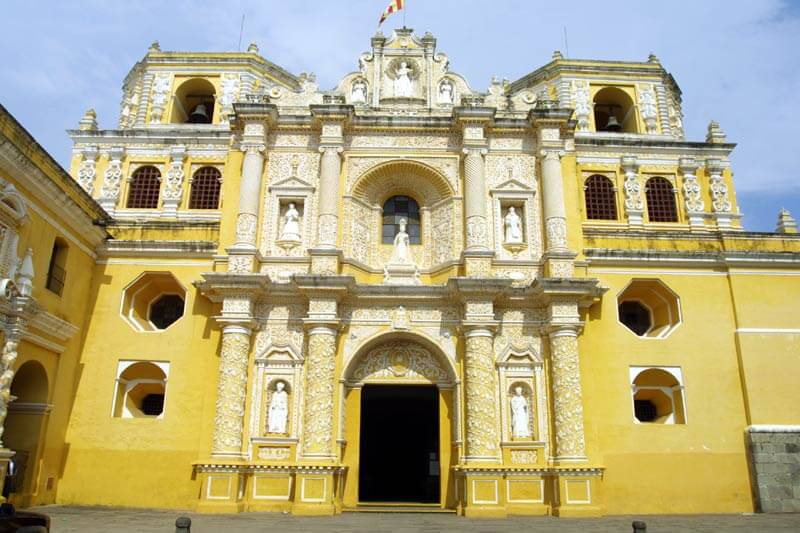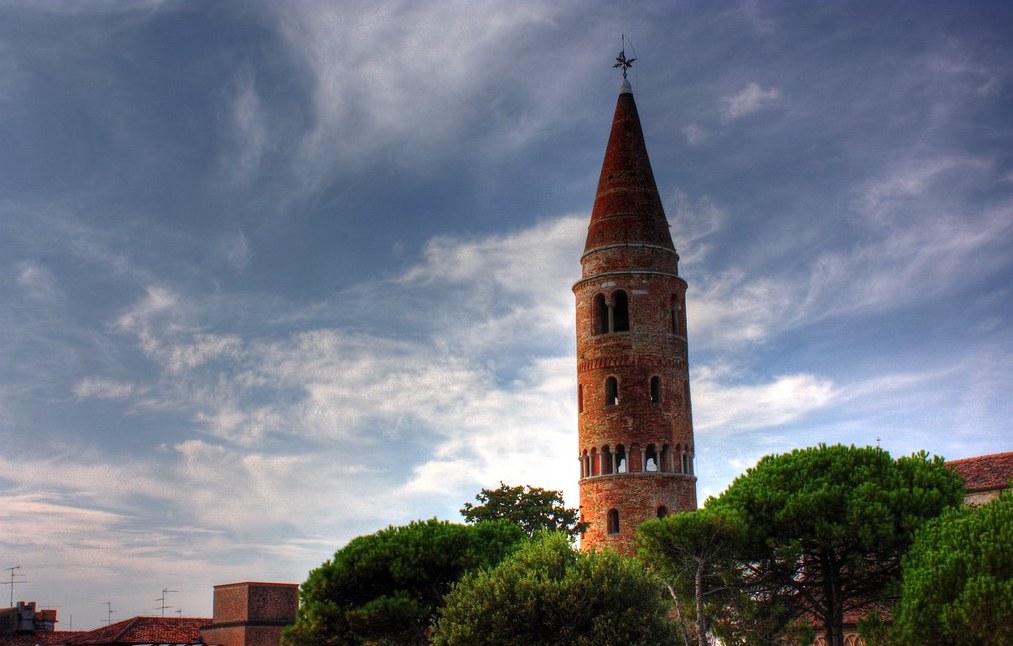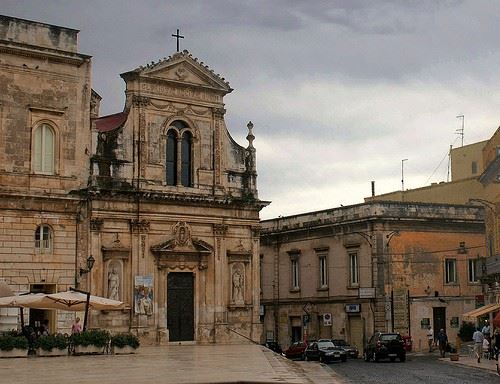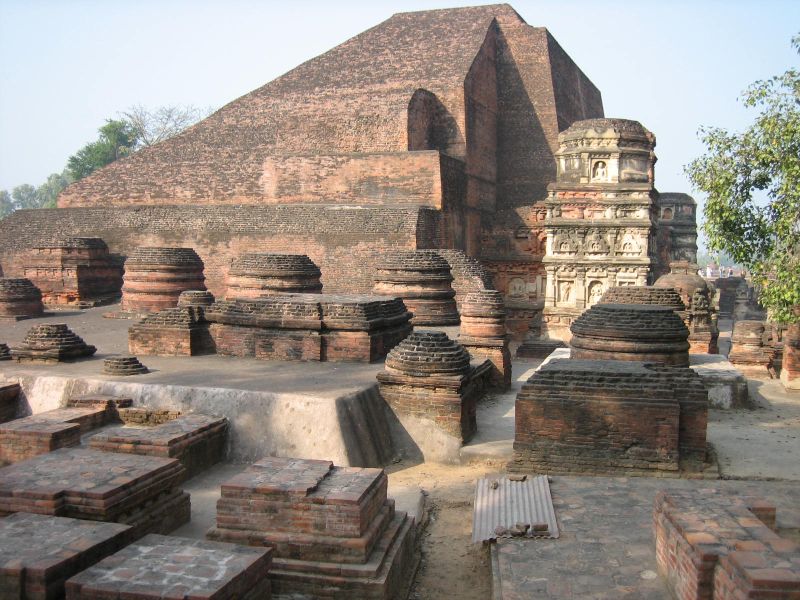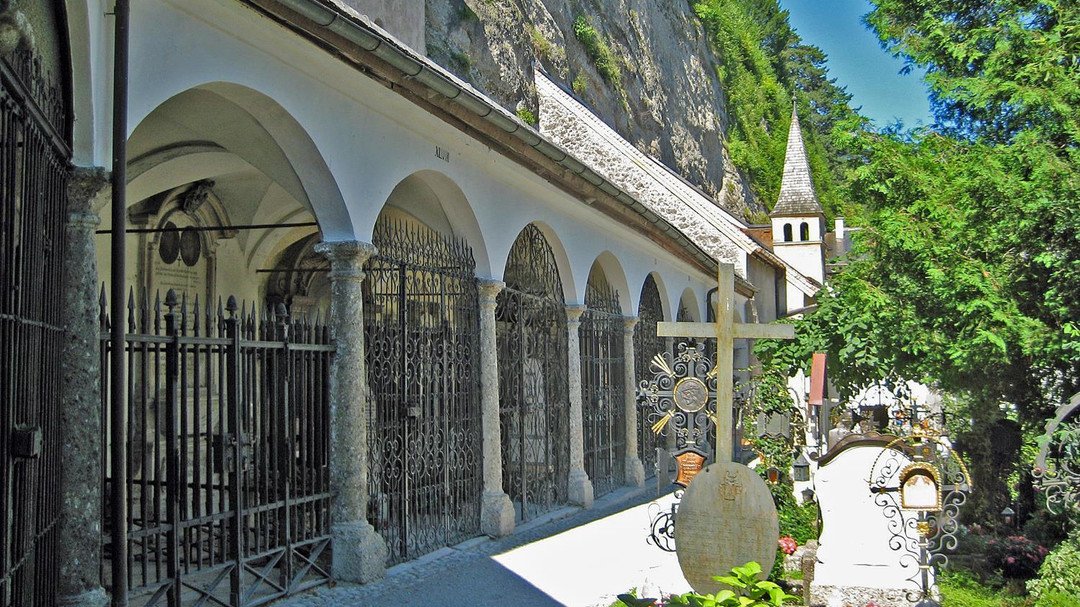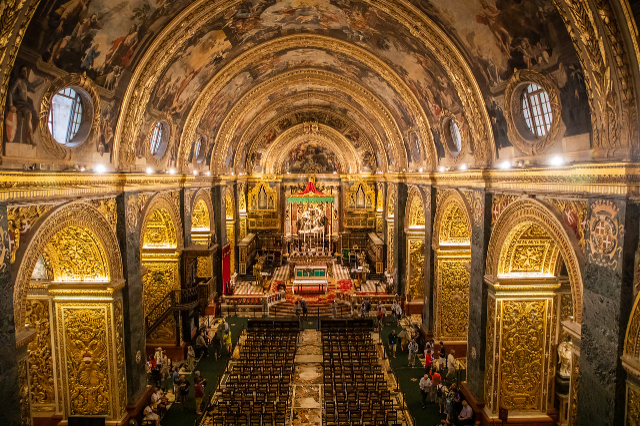Sanctuary of Santa Maria della Quercia is the most important sanctuary in the province of Viterbo. Its history begins in 1417 when Master Battista Luzzante had the image of the Virgin Mary painted on a flat tile by a painter called Monetto, and then hung it on an oak tree.
The beginning of the cult of Our Lady of the Oak began in 1467 when a knight chased by enemies threw himself at the foot of the oak tree where the sacred image was hanging and became miraculously invisible to his pursuers; according to others it dates back to a plague that in the same year upset the Upper Lazio and 30,000 devotees rushed under the oak tree to invoke pity and after a week of prayer, inexplicably, the plague stopped. Following these events, between 1467 and 1469, it was decided to build a church and then built the first Sanctuary. Thanks to the Dominican Fathers who considered it their protectress, the cult towards the Virgin of the Oak grew more and more and expanded throughout Italy and also in Europe. In 1867 Pope Pius IX proclaimed the Church of the Oak Basilica and in 1873 the Italian State declared it a national monument. At the end of the 19th century the architect Vici modified the original structure of the sanctuary, built a choir and demolished the original walls of the church, but in 1970 restoration work was carried out to bring the original structure back to light.
Inside the sanctuary we can admire the coffered ceiling covered in gold designed by Antonio da Sangallo and the small marble temple by Andrea Bregno that encloses the miraculous tile. The cloister and the former convent, designed by Giuliano da Sangallo, are also beautiful. The three entrance portals are surmounted by terracotta lunettes by Andrea Della Robbia: the central lunette depicts the Madonna della Quercia, the two lateral ones San Pietro and San Tommaso D’Aquino. The frescoes by Ghirlandaio on the sides of the small temple and some other frescoes by the school of Sebastiano del Piombo. Note that at the entrance of the sacristy there is the flagpole of a Turkish ship, relic of the battle of Lepanto (1571), donated to the sanctuary by Pius V.
